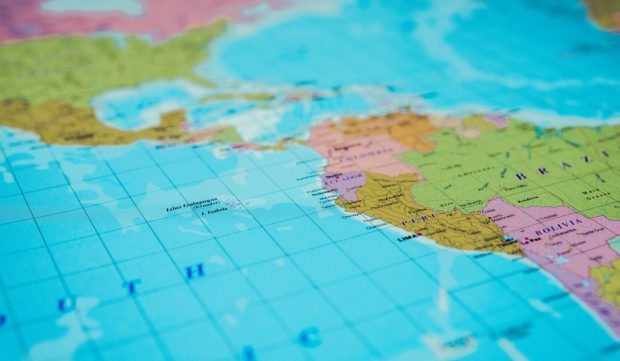Travel in Latin America Is Recovering, Going Digital

Tourism is a key driver of economic development in Latin America, with the World Travel and Tourism Council ranking it the fourth most important travel region in the world.
COVID-19 took a heavy toll on this sector, with one recent study showing online travel sales in Latin America plummeted from $22 billion before the pandemic to $9 billion after the outbreak began two years ago.
But even when COVID-19 restrictions were at their peak, online travel agencies were the most popular option for travel search and planning in countries like Argentina, Brazil and Mexico. The study found that Mexico had the highest online travel market share at 46%, while Brazil held 31% of the market.
Argentine company Despegar, meanwhile, became Latin America’s top online travel agency, controlling as much as 10% of the market. Researchers estimate that the region’s online travel market is on track to return to its pre-pandemic sales level this year, with its value projected to hit $83 billion within the next two years.
Some subcategories of the sector are already trending toward recovery, particularly in hotel/resort and rental sites. Airbnb’s third quarter 2021 financial results were its highest on record, up 36% from the same quarter in 2019. The company also exceeded its Q3 2020 revenue of $1.3 billion by almost 70% year over year. Moreover, revenue growth nearly quadrupled from 10% in Q2 2021 to 36% in Q3 2021, reflecting, in part, strong gains in Latin America.
Meanwhile, digital methods of payment are shaping the future of Latin America’s travel sector. For example, Argentine consumers have embraced paying for vacations with cryptocurrencies in the face of banking restrictions on credit payments for tickets, accommodations and services abroad.
The Travala platform – which is associated with Booking.com – allows cryptocurrency payments for flights, stays and excursions. Another player is the CryptoAvisos platform, which let travelers book and pay for rental accommodations, including cabins and apartments, using cryptocurrency.
In response to the popularity of these services, payment processors Visa and Mastercard unveiled prepaid cards funded with digital currencies that can be used to make payments around the globe, offering another option for travelers to and from Latin America.
As health restrictions ease, LatAm consumers continue to show enthusiasm for online travel planning. As travelers in the region get on road again, digital commerce promises to play a key role in helping them get to where they’re going.
To learn more about the role digital payments are playing in the Latin American travel sector, download the Global Merchants’ Guide To Latin America, a PYMNTS and EBANX collaboration.
